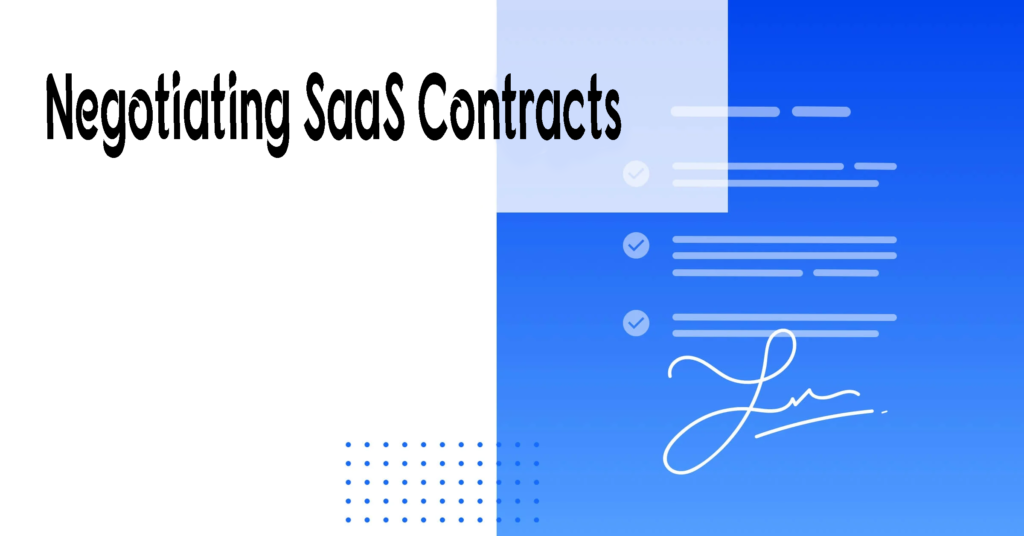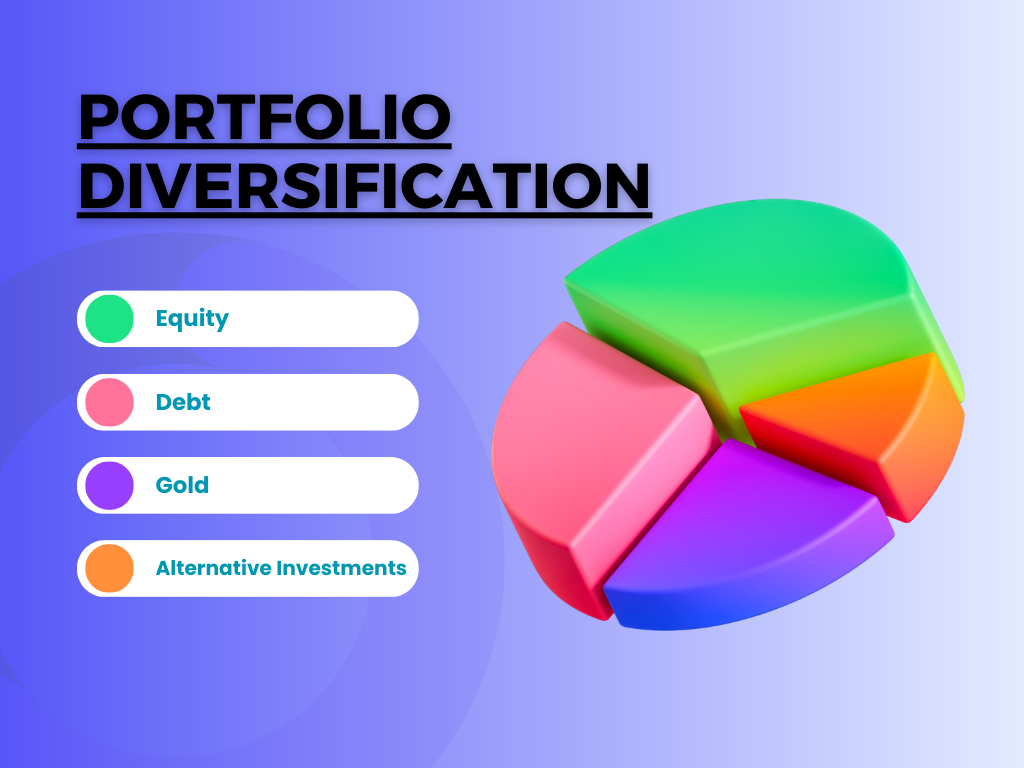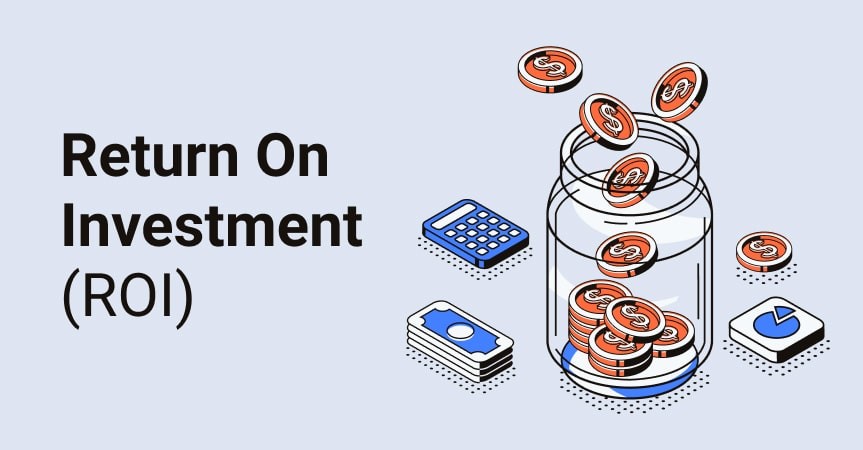Negotiating SaaS contracts can often seem like navigating a labyrinth, especially when you’re not armed with the right knowledge and strategies. With an average company using around 110 SaaS applications annually, effective negotiation skills are no longer optional – they’re a necessity.
Browsing through business forums and LinkedIn posts, it’s common to see companies lamenting about how difficult it is to secure favorable terms in their software agreements. However, this doesn’t have to be your reality.
“You can’t get a good deal without prior experience or legal expertise.” This simply isn’t true. There are plenty of businesses out there securing advantageous terms in their SaaS contracts by leveraging key negotiation tactics.
The Art of Negotiating SaaS Contracts
Imagine this: your company uses an average of 110 different Software as a Service (SaaS) applications throughout the year. Each one requires its own contract, each with varying terms and conditions. It’s clear that learning to negotiate these contracts effectively is not just beneficial” it’s essential.
It’s time to master negotiating SaaS contracts.
A wise man once said, “In business as in life – you don’t get what you deserve, you get what you negotiate.” And when it comes to software vendor agreements such as service level agreements (SLAs), pricing models or data ownership rights clause” this statement rings particularly true.
Navigating the Landscape of Contract Negotiations
Familiarize yourself with every aspect: From scalable pricing tiers and potential additional costs hidden within annual contracts to extended contract term incentives offered by many vendors—all aspects should be thoroughly understood before initiating negotiations.
If there are gaps in understanding any part of the agreement” the sales reps can take advantage”you may end up paying more than necessary for services rendered or even worse; lose control over crucial enterprise data due to poorly negotiated ownership rights clause.
Taking Charge Of The Future Trends In SaaS Agreements
In order to stay ahead in today’s rapidly evolving digital world where security requirements continue increasing and consumption-based pricing models become normative” businesses need to remain informed and adaptable during their SaaS negotiation process.
This isn’t about winning at all costs”it’s about securing mutually beneficial arrangements that ensure both parties meet their objectives without unnecessary compromise on either side. As we look towards future trends shaping the landscape of SaaS contracts, staying updated on the latest practices becomes an increasingly important survival and growth strategy for businesses across the globe.
Key Takeaway:
Mastering SaaS contract negotiations is a must-have skill in today’s digital world. It involves understanding every aspect of the agreement, staying updated on industry trends, and securing deals that are mutually beneficial. Remember, you don’t get what you deserve; you get what you negotiate.
When to Start Negotiating SaaS Contracts
The timing of when you initiate your negotiations with SaaS providers can greatly influence the terms and conditions in your favor. It’s not just about securing a cost-effective deal; it’s also crucial for aligning business objectives, project timelines, and budget cycles.
Negotiate SaaS Contracts Early On
Benjamin Franklin once said, “By failing to prepare, you are preparing to fail.” The same principle applies here. Starting contract negotiations earlier rather than later allows businesses to leverage various factors such as end-of-quarter or year-end sales pressure that many software vendors face, leading to potentially more favorable outcomes.
Engaging Sales Rep Early
A proactive approach is key while negotiating SaaS agreements: Engage with the vendor’s sales team at an early stage. Establishing rapport from day one sets a positive tone for future discussions, which could be beneficial during the negotiation process.
This strategy gives ample time for understanding their product offerings, thoroughly assessing compatibility with business needs, and identifying potential areas for negotiation effectively, thus maximizing value from your SaaS purchases.
In addition, engaging early helps build trust between both parties, facilitating smoother enterprise agreements down the line, reducing additional costs associated with renegotiation, extension terms, etc., thereby improving overall operational and financial efficiency in the long run.
Your relationship should extend beyond transactional interaction, making them partners on the journey towards achieving a common goal of successful implementation within the organization. This way, they become invested in success too, resulting in a win-win situation for all involved, including customer service level agreement adherence, post-sales support, and other critical aspects of management, use adoption, enhancement experience.
In conclusion, starting contract negotiations at an appropriate time, preferably earlier rather than later, coupled with effective engagement strategies, enhances the chances of securing advantageous terms in your next SaaS agreement. Remember to always stay informed and adaptable to emerging trends shaping the landscape of contracts, increased focus on security requirements, shift towards consumption-based pricing models, etc., making the most out of your spend.
Key Takeaway:
Strike while the iron’s hot. Starting SaaS contract negotiations early can help you score a better deal and align business goals. Engage with sales reps from day one to build trust, understand product offerings, and identify negotiation areas. It’s not just about cutting costs but also building partnerships for long-term success.
Key Aspects of SaaS Contract Negotiations
In today’s rapidly-changing SaaS environment, it is essential to comprehend and negotiate agreements carefully in order to get the most out of your expenditure. The process involves several crucial components, each playing its part in ensuring you get the most out of your SaaS spend.
Let’s delve into these key aspects.
Understanding Scalable Pricing
Subscription plans are often the foundation of many SaaS suppliers’ pricing structures. It typically incorporates scalable pricing tiers based on usage or required service levels.
To navigate this aspect efficiently during negotiations, businesses need to accurately project their anticipated use. By doing so, they can pinpoint and negotiate for an optimal tier that matches their needs without paying extra for unused features or capacities.
Importance of Service Level Agreements
Beyond price considerations lie other essential elements like Service Level Agreements (SLAs). These agreements outline performance standards expected from both parties involved in a contract negotiation process.
In today’s digital era where security has become paramount, certain types such as SOC 2 SLA focus heavily on stringent security practices that are increasingly relevant.
By understanding these agreements thoroughly before negotiating SaaS contracts with vendors, businesses can ensure not only meeting operational requirements but also maintaining high-security standards across all interactions.
Unlock the full potential of your SaaS spend. Understand scalable pricing, negotiate optimal tiers and prioritize SLAs for high-security standards. #SaaSContracts #NegotiationTipsClick to Tweet
Tactics for Successful SaaS Negotiations
Negotiating for a SaaS agreement can be intimidating, but having the proper techniques and plans will put you in a great position to get beneficial terms. Let’s delve into some key areas that will help improve your negotiation outcomes.
Considering Extended Contract Term
A longer contract term often translates into more advantageous pricing structures. It’s not uncommon for software vendors to offer incentives or discounts when clients commit long-term as it aids in their revenue forecasting.
If you’re confident about the enduring value of certain SaaS applications, consider committing to an annual contract or even a multi-year agreement. This approach could result in lower rates while reducing administrative tasks related to frequent renewals.
Focusing on Total Cost Over Price Per User
In negotiations with service providers, businesses sometimes focus too narrowly on price per user without considering other potential costs such as implementation fees and training charges, which can significantly increase overall spend over time.
To avoid this trap during SaaS agreements discussions, ensure that all associated costs are factored into your calculations before engaging sales reps. This allows you to negotiate effectively by focusing on total cost efficiency rather than just securing low unit prices.
Leveraging Your Leverage Points
Your bargaining power during SaaS negotiations is largely determined by ‘leverage points’. These include factors like company size (and hence potential volume purchase), timing (aligning with the vendor’s fiscal year end when they may be eager to close deals), competition among vendors, etc.
Understanding these leverage points and how best to utilize them greatly enhances your negotiating position. This strategic thinking ensures mutual benefit from enterprise agreements while fostering positive relationships for future dealings.
Master the art of SaaS contract negotiations. Secure favorable terms by considering extended contracts, focusing on total cost over price per user and leveraging your leverage points. #SaaSContracts #NegotiationTipsClick to Tweet
Avoiding Common Pitfalls in SaaS Contract Negotiations
With the growing reliance on SaaS applications, effective contract negotiation is now more important than ever for businesses. While negotiating these contracts can be complex and challenging, being aware of common pitfalls can help avoid unfavorable terms or unexpected costs.
Retaining Ownership Rights Over Data
The first pitfall that companies often overlook is data ownership rights during their SaaS agreements discussions. In the present digital era, where data has tremendous worth, it is essential to not only access but also maintain control of your own information.
Data ownership clauses within your agreement should clearly delineate who owns what type of data – whether customer details, usage statistics, or analytical insights derived from these datasets. If you fail to negotiate effectively around this aspect, you might lose control over vital business intelligence, which could significantly impact strategic decision-making processes.
Neglecting Additional Fees
The second common mistake involves overlooking potential additional fees associated with a SaaS subscription model. Most providers offer clear pricing structures upfront; however, some may charge extra for services such as premium support levels or API access, among others.
To prevent any unpleasant surprises later on when using the service extensively due to hidden charges beyond agreed-upon prices in SaaS contracts, make sure all possible scenarios involving additional fees are discussed at the negotiation stage itself and included adequately into your enterprise agreements. This approach ensures transparency about the total cost while helping manage budget cycles more efficiently too.
Focusing Solely on Price Points
Last but certainly not least is focusing solely on price points without considering other essential aspects like scalability options or integration capabilities offered by different vendors during SaaS negotiations process. Securing an affordable deal indeed matters; ensuring the chosen software aligns well with current infrastructure needs and future growth plans is equally important too. So instead of simply haggling for lower rates, remember to consider the overall benefits each vendor brings to the table before making a final choice.
Key Takeaway:
When negotiating SaaS contracts, don’t get tripped up by common pitfalls. Ensure data ownership rights are clear to maintain control over crucial business intelligence. Keep an eye out for hidden fees and make sure all costs are transparent from the start. Lastly, remember that price isn’t everything – consider scalability and integration capabilities too.
Mastering Tools for Efficient SaaS Contract Management
The complexity of managing and negotiating SaaS contracts has led businesses to seek specialized tools that can streamline the process. These platforms provide valuable insights into industry standards, which in turn empower you to negotiate more effectively with your vendors.
Vendr is one such tool.
A platform designed specifically for handling software purchases, Vendr enables accurate tracking of renewal dates and monitors usage against licenses purchased. This ensures a business only pays for what it uses while avoiding unnecessary additional costs.
Data Analytics: A Game-Changer in Contract Management
In contract management, data analytics play an essential role by providing actionable insights about your company’s SaaS spend. Understanding how different applications are utilized across your organization helps identify potential areas where cost savings could be achieved through renegotiation or consolidation of services.
If low utilization rates are detected for certain applications throughout the enterprise via these analytical tools, this might signal an opportunity to reduce spending on those platforms during future negotiations with providers.
Embracing Automation For Enhanced Efficiency
Beyond offering analytical capabilities, many contract management solutions also feature automation functionalities that save time and minimize human error during negotiation processes. Automating tasks like deadline tracking or sending reminders about upcoming renewals ensures nothing falls through the cracks when overseeing multiple SaaS agreements within fast-paced business environments. This level of efficiency cannot be overstated.
Negotiating Future-Proof Contracts With AI Support
Advanced contract management solutions now leverage artificial intelligence (AI) technology as well. By analyzing past agreements along with market trends, these AI-powered systems offer informed recommendations regarding terms that should either be included or avoided in new contracts, this equips organizations with invaluable foresight while navigating their service agreement landscape.
Key Takeaway:
Harness the power of specialized tools like Vendr for efficient SaaS contract management. Use data analytics to gain insights on your company’s SaaS spend and identify cost-saving opportunities. Embrace automation for enhanced efficiency, and leverage AI in negotiating future-proof contracts.
Case Study – Successful SaaS Contract Negotiation
In the complex landscape of negotiating SaaS contracts, real-world examples can provide valuable insights. Consider a mid-sized tech firm that we’ll refer to as TechCo for anonymity reasons. They were facing renewal negotiations with their project management software vendor.
The Journey Begins: Strategy and Execution
TechCo kicked off its negotiation process by conducting comprehensive market research on similar SaaS applications, pricing tiers, service agreements, among other factors offered by competitors in the industry. This exercise provided them with an understanding of industry norms and potential leverage points during SaaS contract negotiations.
An early engagement strategy was implemented where they connected proactively with the sales reps from their current provider, which helped foster open lines of communication crucial during such discussions.
Focusing Beyond Just Price Per User
Rather than just hammering down on reducing per user cost, TechCo adopted a more holistic approach towards minimizing costs associated with this SaaS spend. By considering extended contract terms, they negotiated volume discounts significantly bringing down overall expenditure over time.
Beyond just price reductions, successful negotiation also led to additional benefits like reduced implementation support fees and inclusion of premium features at no extra charge previously charged separately under different heads or packages within annual contract terms.
Data Ownership Rights Secured Successfully
A critical win achieved by TechCo was securing data ownership rights through effective SaaS agreement negotiations. Recognizing how important it is in today’s digital era where data equates power, clauses granting complete ownership rights over all generated data while using the application were included within final enterprise agreements after successful rounds between both parties involved.
This not only safeguarded business interests but also ensured greater control moving forward regarding usage or sharing decisions related to this vital resource.
Key Takeaway:
Key Takeaway: TechCo’s successful SaaS contract negotiation is a masterclass in strategy and execution. They leveraged comprehensive market research, proactive engagement with sales reps, and a holistic cost-minimization approach to secure favorable terms. Notably, they also ensured data ownership rights – an essential win in today’s digital era where data is king.
Future Trends Impacting SaaS Contracts
The tech sector is continually transforming the way SaaS contracts are handled and structured. These shifts are redefining how businesses approach and manage their agreements with SaaS providers.
Let’s delve into these game-changing developments:
Rising Emphasis on Security Requirements
In today’s digital age, cybersecurity threats pose significant risks to companies across all sectors. This has led to an increased focus on security within SaaS contract negotiations process. Businesses now demand more stringent measures from vendors for protecting data and ensuring compliance with privacy regulations such as GDPR or CCPA.
SaaS vendors that prioritize top-notch security protocols will likely gain an edge during contract discussions. For instance, many firms now insist upon certain standards like ISO 27001 certification which sets benchmarks for information safety management systems.
Movement Towards Consumption-Based Pricing Models
A trend gaining momentum in the realm of SaaS applications is consumption-based pricing models – a stark departure from traditional subscription schemes where users pay fixed fees irrespective of usage levels. In contrast, consumption-based pricing bills based on actual service utilization.
This model offers greater flexibility and can lead to cost savings if your business experiences variable usage patterns, but it also introduces additional complexity into SaaS contract negotiations since you’ll need accurate forecasting of your service requirements to prevent unforeseen costs.
To navigate this new landscape effectively requires careful planning ahead.
Growth in AI-Powered Contract Management Tools
The rise of Artificial Intelligence (AI) powered tools managing SaaS agreements marks another major shift impacting negotiation strategies. These innovative solutions offer features like automated tracking renewal dates, thereby making contract administration more efficient while reducing errors significantly.
To leverage these advantages effectively, though, calls for understanding how these technologies operate and what they bring to the table. It’s worth investing time in learning before embarking on any fresh round of SaaS agreement discussions.
Key Takeaway:
Keeping pace with SaaS contract trends is crucial. Prioritize stringent security protocols in negotiations, consider the pros and cons of consumption-based pricing models, and harness AI-powered tools for efficient contract management. Stay ahead by learning continuously.
Conclusion
Negotiating SaaS contracts isn’t a walk in the park.
Yet, with the proper know-how and strategies, it can be conquered.
You’ve learned about when to start negotiations and key aspects to consider during this process.
Remember that early engagement with sales reps is crucial for better outcomes.
Pricing tiers, service level agreements (SLAs), additional costs, data ownership – they all play significant roles in your contract’s final shape.
Tactics like thorough preparation and understanding your leverage points are essential tools of negotiation success.
Avoiding common pitfalls such as overlooking extra fees or failing to secure data ownership rights will save you from future headaches.
Leveraging tools for efficient contract management can streamline the whole negotiation journey while keeping track of renewal dates and monitoring usage against licenses purchased.
The world of SaaS contracts is evolving fast – staying informed on future trends will keep you ahead in the game.
If you want to learn more about this, sign up for my newsletter.


